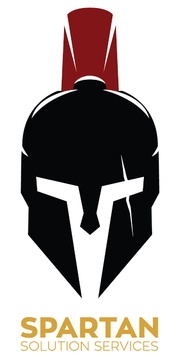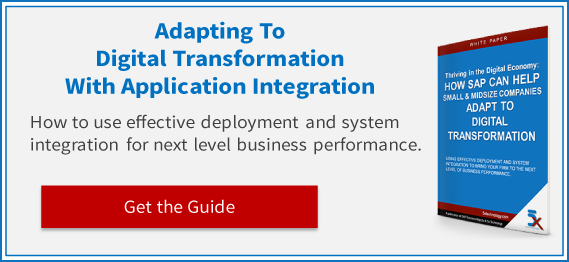Quality customer data integration is not something that happens automatically. Heterogeneous IT solutions have you using different databanks, which involve different data structures, and are likely not compatible with each other. This leads to frustration because you want all of your relevant data within a central data warehouse.
Uniserv software tools can be utilized to ensure you have the integration you need to experience synchronization and have access to all of your data in real time. Professional data migration needs to take place, otherwise you cannot be confident that all information has been carried over. Further, you want data quality solutions that will support the needs of your company now and as you expand.
There are five project phases involved in high quality customer data integration.
Phase 1: Initializing the Project
Phase 1 involves initializing the project, including exploring the necessary framework. This is when you will identify what purpose the data has, and how it will be used later on. Some data may be used for operative purposes, and in other instances, it may be for analytic purposes. Once you have decided on the ideal scenario, an overview of the data warehousing system and the data to be integrated will be established.
Initializing involves a meeting between you and the company who will use Uniserv to integrate all of the data. Further, there will be explanation as to why this step is so important. A general integration strategy will ensure that every need has been captured. It will serve as a roadmap for the project so that all business areas and systems are identified and incorporated into the plan.
Phase 2: Conceptulizing the Project Phases
During the concept phase, the detailed approaches will take place for the various phases of the project. A list of stakeholders will be created that identify employees and their areas of specialty as well as domain experts. Logical and physical integration models are also created conceptually. These will focus on the technical specifications, ranging from tables and systems to fields. Each and every process and data source will be characterized at this point in time.
Issues will be discussed to determine classification, how data should be given priority, and any requirements that are needed. This will make it easier to use the data at a later point in time. The fact sheet about technical specifications, data contents, and data volume for each data system that will be integrated will also be established. This ensures that no stone is left unturned, and advice can be provided about the integration software that is necessary to optimize data quality as well as hardware resources.
Phase 3-5: Cleansing, Integration and Go Live (ETL)
The final phase is the realization, and is actually a three-part system involving data cleansing, integration, and the go live stage, which includes building and testing. Each of these are important in their own way, require full monitoring for both quality and harmonization with the business objectives. None of these are to be discounted for thoroughness and cannot be skipped.
3. The data cleansing stream will ensure that real value is added to your company. Data will be extracted from source systems, staging areas will be set up, and the interfaces will be established and tested. The testing of the interfaces is vital to the cleansing phase as the system needs to be understood logically--the data tables and all entities--so that all fields are correctly mapped and consolidated. As a note, this is also extremely important when redundant or duplicate information exists in two or more systems as it requires that a decision be made as to which system to extract the data.
4. The integration stream involves transforming rules and data quality inside of the target application and establishing instructions that will be implemented by Uniserv. This is where it will be necessary to create a single customer view and the framework will start to take form.
5. The build, test and go live steps make up the final and third part, where the data will undergo technical implementation, and the data from source systems will be loaded into the staging area. Iterative tests will be performed, and once everything has proven to work sufficiently, the system will go live.
As mentioned, phases 3-5 are also the data quality (DQ) monitoring phases. These three are what are termed Extract, Transform and Load (ETL) process, so detailed monitoring is for the quality of the data will make or break the success of the integration.
By following these five phases, you can ensure that data is integrated into a useable state for your organization with the correct infrastructure.
To learn more about quality customer data integration, download our complimentary paper High Data Quality in the CRM System Using Uniserv.




